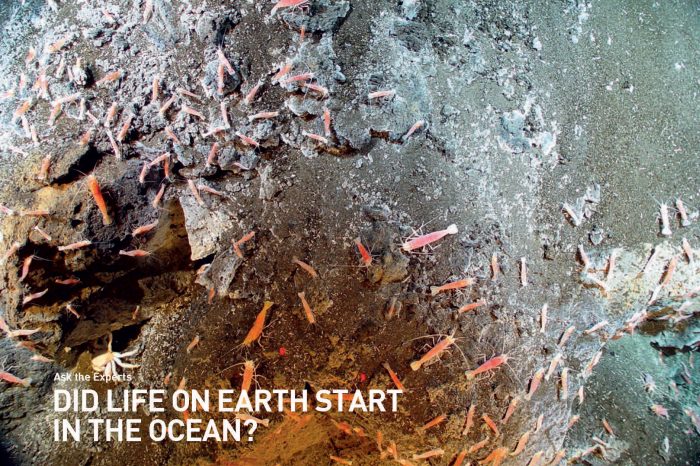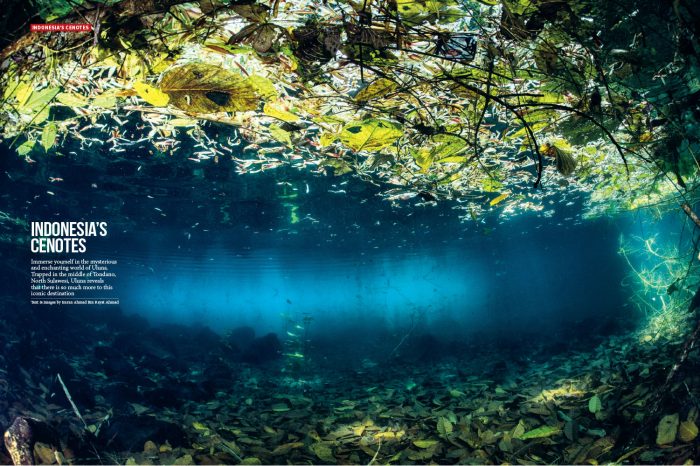Why Is The Sea Blue?
It's the question that's been bugging you since you were a kid. We answer the question that you've always been too embarrassed to ask


Air molecules also absorb the reds and reflect blue light, and so the same process is responsible for the sky being blue!
Even though small amounts of water appear to be totally clear and colourless, larger bodies of water look blue. What’s going on?
All colours are the result of matter absorbing some parts of the visible (white) light spectrum, and reflecting others. The parts of the spectrum that are reflected back to us, give objects their colour.
But how can something that appears colourless, like water, also have an intrinsic colour?
Some of what we see as water’s colour is caused by it reflecting the colour of the sky, and some of its colour will depend on any impurities or suspended particles. But water itself also absorbs, reflects, and scatters light. Water molecules absorb light with longer wavelengths more easily that light with shorter wavelengths. Red, orange, yellow and green light have longer wavelengths than light at the blue end of the spectrum. So, the blue light, which is not absorbed, is reflected by the water molecules and gives water its colour.
This is why the colour of water actually becomes deeper and darker the more of it there is: Swimming pools with white surfaces will appear light turquoise and shallow water over white sand is aquamarine, while deep, clear seawater will look dark, indigo blue, as the blue light penetrates deep into the water column and continues to be reflected and scattered throughout the process, further accentuating the blue colour of the water body.
However, the purity of seawater varies. Particles suspended within it can increase the scattering of light. Sand and silt carried into the sea from rivers, or kicked up from the seafloor by waves and storms, can affect the colours of coastal waters. And organic detritus such as decayed plant matter – known to scientists as colour dissolved organic matter – can also complicate the picture, by adding greens, yellows or browns.
Phytoplankton are also responsible for changing the apparent colour of a body of water. They also absorb electromagnetic radiation in the red and blue parts of the visible light spectrum, and reflect green light. So, water that is very green is likely to be full of plankton or algae.
Read the rest of this article in No.108 Issue 2/2017 of Scuba Diver magazine by subscribing here or check out all of our publications here.





